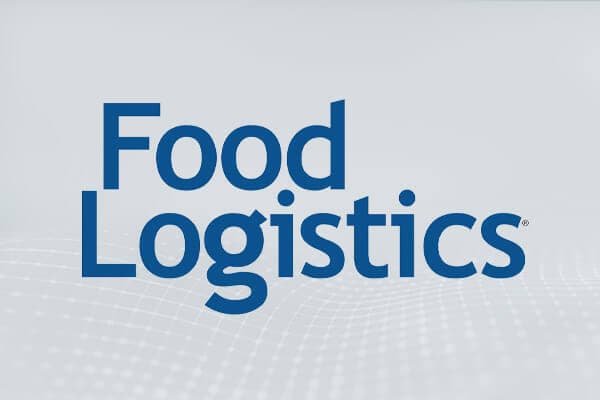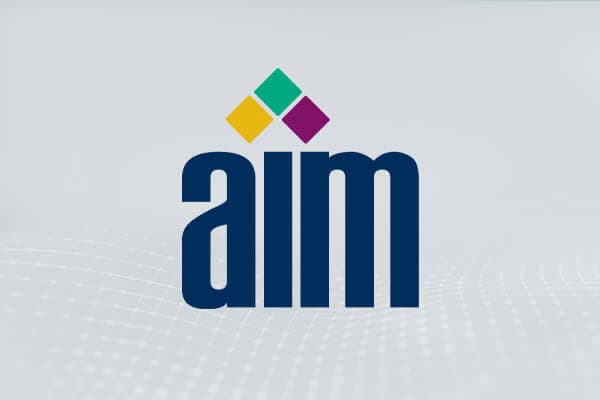
The Power of Tracking: How RFID, Barcodes, and Bluetooth Are Revolutionizing Supply Chains
Seagull’s Strategic Advisor and industry expert, Bart De Muynck shares key insights in Total Retail on how RFID, barcodes, and Bluetooth tracking technologies are transforming retail supply chains.
Learn more












